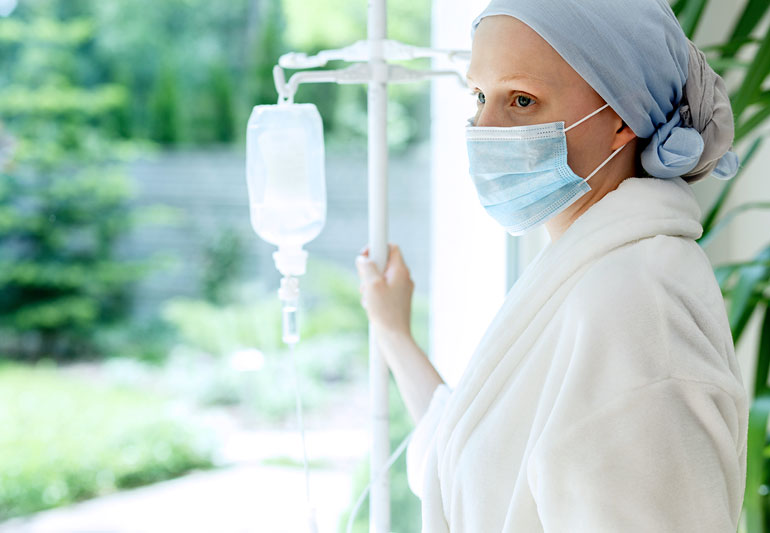Surgery After Chemotherapy
3 min read
Even after surgery has successfully removed all cancerous tissue, small bits may remain and your doctor may prescribe drugs to stop these bits from growing further – this practice is known as adjuvant therapy.
Medway Hospital’s multidisciplinary breast team agrees that 28 days is the ideal interval between neoadjuvant chemotherapy and surgery, allowing enough time for side-effects to subside while also enabling adequate surgical planning.
Chemotherapy
Chemotherapy uses drugs designed to target cancer cells and stop their proliferation, either alone or alongside surgery and radiation treatments. Chemotherapy may also be used to treat blood disorders caused by bone marrow disorders that produce abnormal cells that affect bone marrow function resulting in abnormal blood cells.
Your healthcare team will discuss all available options with you and assist in making decisions regarding drug administration, whether by mouth (pills), intravenously, into a port or catheter intraperitoneally or subcutaneous/intramuscular injection.
Some chemotherapy can have lasting side effects, including weakening of your immune system. Therefore, it’s essential that you stay in contact with your healthcare team and attend scheduled appointments (physical exam, blood test or x-ray). These visits will allow your healthcare team to keep an eye on any long-term side effects or possible recurrence or spread of cancer; additionally they’ll plan treatment cycles which include periods of treatment followed by rest periods.
Radiation
Radiation kills cancer cells and may be administered prior, during or post chemotherapy treatment to increase your chance of recovery and relieve any associated discomfort and side effects of advanced cancer. It may also ease pain management.
Your radiation therapy will take place either in hospital or clinic settings. You will lie on a table while radiographers position and fit a mask or shell over it; then the machine makes beeping noises but you won’t feel them directly.
External radiotherapy, which uses high-energy beams from a machine to target your tumor and surrounding area, is usually the most prevalent form of radiation therapy. Other forms include internal radiation therapy using radioisotope implants placed close to where your tumour exists.
Your doctor will discuss all available treatment options with you and suggest which combinations work best, either chemo and radiation together or separately.
Surgery
Surgery can be an essential element in treating various cancers, from removal of cancerous tumors to relieving symptoms and improving quality of life.
As part of surgery, healthcare teams might also remove lymph nodes nearby the tumor to screen for cancer cells – this process is known as staging and gives your doctor an idea of the severity of cancer.
After surgery, you may experience discomfort in the area where surgery was conducted. A pain reliever may help ease this discomfort.
Seromas are buildups of fluid at surgical sites that may cause discomfort and swelling, but typically disappear on their own over time. If it becomes excessive or you develop an infection, however, needle drainage may be required in order to drain excess fluid away.
Some cancers develop quickly enough that chemotherapy and radiation alone may not be enough to cure them, in which case your doctor might suggest debulking surgery to remove a significant portion of the cancer tumor.
Adjuvant therapy
If your cancer is in its early stages, doctors may use neoadjuvant therapy to shrink tumors before surgery and make the operation simpler while decreasing chances of recurrence.
After surgery, doctors may also offer you adjuvant (ah-joo-vunt) therapy to destroy any remaining cancer cells in your body or lymph nodes, which could potentially spread elsewhere and form new tumors. Adjuvant therapies include chemotherapy, immunotherapy, hormone therapy or radiation therapy.
Many cancer survivors strive to reduce their chances of recurrence as much as possible, even if this means extra side effects are unpleasant. Your physician will help you decide the appropriate course of action based on both benefits and risks.
Adjuvant therapy side effects depend on the type and dose of treatment prescribed. Chemotherapy can cause nausea, vomiting, diarrhea, fatigue and hair loss while radiotherapy may lead to radiation dermatitis or other adverse reactions depending on where your treatment takes place.




